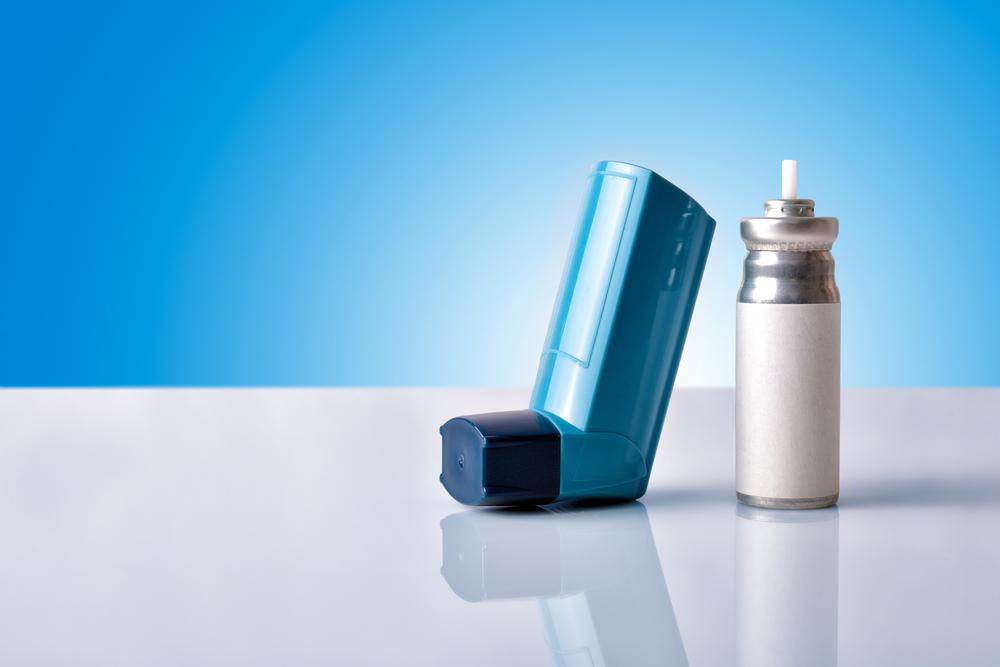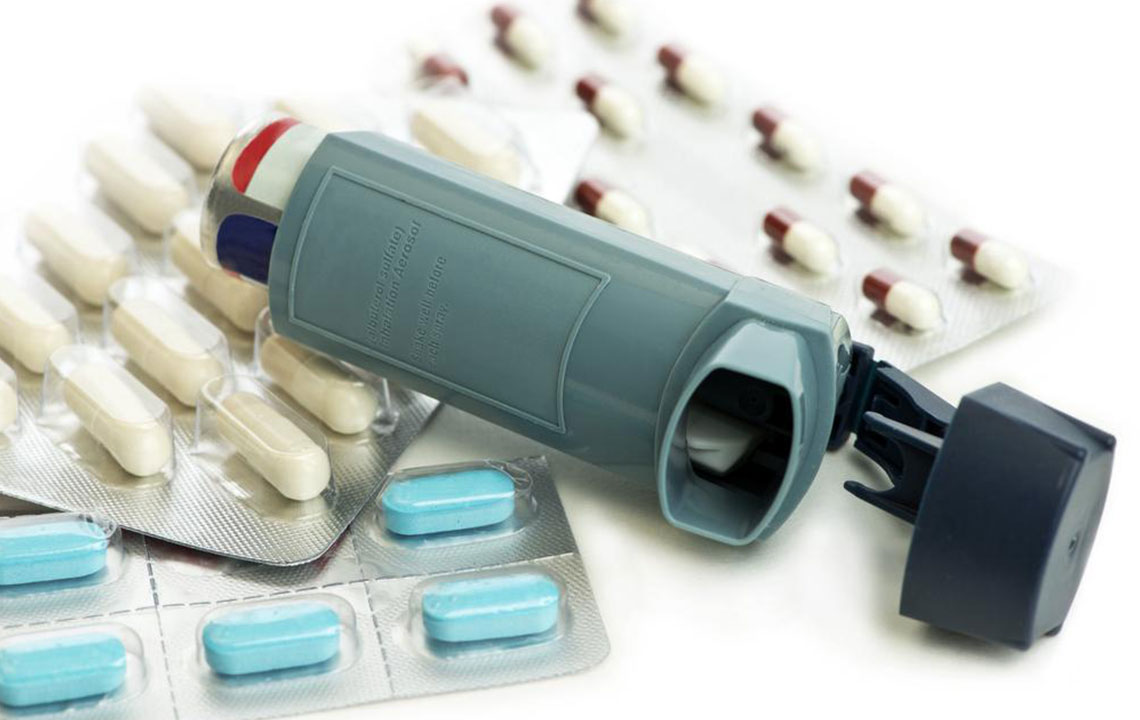Different Types of Advanced Inhalers for Asthma Management
Explore the various advanced inhaler options for managing asthma, including traditional MDIs, breath-activated devices, inhalers with spacers, and nebulizers. Each type offers unique advantages suited for different patient needs and conditions, enhancing effective medication delivery while addressing common usage challenges.
Sponsored

Asthma inhalers come in various designs, each utilizing different mechanisms to deliver medication effectively. The main types include metered-dose inhalers, breath-activated devices, inhalers with spacers, and nebulizers. These options each offer unique benefits and limitations that suit different patient needs.
Metered-Dose Inhalers (MDIs): Historically dominant for over four decades, these inhalers are known for their simple use. They deliver medicine through a spray propelled by a pressurized carrier gas. The device features an L-shape with a mouthpiece and a gas canister. Despite their convenience, MDIs require proper coordination and shaking before use, which can be challenging for some users.
The main drawbacks of MDIs include the need to shake the device before each use, difficulties in synchronizing inhalation and activation, and the challenge of holding breath long enough after inhaling.
Breath-activated Inhalers: Some models are similar to MDIs but eliminate the need to press a canister. Instead, inhaling forcefully at the mouthpiece releases the medication. While this reduces coordination problems, it demands sufficient inhalation strength, which may be difficult for some patients. Their larger size is also a consideration.
Inhalers with Spacers: These devices incorporate a reservoir chamber and usually feature a face mask attachment for infants and frail patients. The medication is held in the spacer, and the patient inhales it during each breath. Proper cleaning as per manufacturer’s instructions is necessary for optimal function.
Nebulizers: Machines that convert liquid medication into a fine mist for inhalation, typically used in hospitals for severe asthma attacks or for patients with weak breathing strength. They deliver larger amounts of medicine and are suitable for vulnerable individuals requiring intensive treatment.






